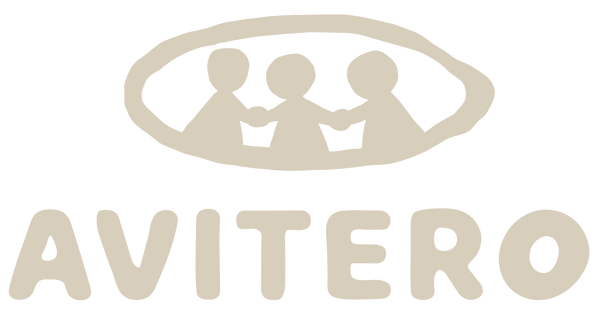Indigenous People and the protection of the Amazon
In the next 10-15 years, the Amazon may reach a tipping point and start to collapse as an ecosystem
On an average day, the 390 billion trees of the Amazon rainforest release about 20 billion tons of moisture creating a water cycle that is not only crucial for the Amazon itself but also for large areas of the Americas. Scientific studies estimate that this hydrological cycle will not be able to sustain itself if the Amazon loses more than 20%-25% of its original forest area. If this “tipping point” is reached, large areas of the Amazon will begin to turn into dry savannas.
Estimates say that between 13 - 17% of the forest has already been destroyed. According to Mapbiomas over 16.500 square kilometers of native vegetation was lost in 2021 alone.
Therefore it is absolutely crucial to do what we can to mitigate destruction and stand in solidarity with those that have the best track record at protecting the forest.

Nobody protects the world’s rainforests more effectively than indigenous peoples
Indigenous peoples have preserved important knowledge on sustainable ways of living for centuries or millennia. While they are only about 5% of the world’s population, 80% of the earth’s biodiversity is represented on their lands. Indigenous territories maintain biodiversity better even than government managed national parks. Therefore indigenous communities play a key role in the conservation of the Amazon as well as the conservation of crucial ecosystems worldwide.
“Indigenous peoples have long stewarded and protected the world’s forests. They are achieving at least equal conservation results with a fraction of the budget of Protected Areas, making investment in indigenous peoples themselves the most efficient means of protecting forests”, Victoria Tauli-Corpuz, UN Special Rapporteur
Indigenous communities face many threats but receive too little acknowledgement and support
However, there are strong economic interests in the natural richness and resources that exist on their lands. Gold prospectors, miners or loggers illegally invade their areas, destroy nature and try to drive out indigenous people with threats, violence, arson and murder. Additionally, past conservation efforts did not always respect and recognize indigenous peoples’ knowledge and human rights, often resulting in their displacement.
In many cases this meant that these now uninhabited national parks were left defenseless against illegal activity and resulted in further destruction.

Charity has not proven to be efficient
“Less than 1% of all the funding that is invested in protecting intact biodiversity and mitigating climate change in our territories reaches our communities, and that has to change. It’s absurd that so much of the funding goes to consultants who are sent to tell us what we already know about how to conserve what we are already conserving.” José Gregorio Díaz Mirabal, coordinator of the Congress of Indigenous Organisations of the Amazon River Basin (Coica)
Luis Tayori, one of the leaders of ECA Amarakaeri, an organization dedicated to protecting indigenous territories in the south of Peru, believes that the indigenous movement and its partners must devise a sustainable social and economic model that will allow people to thrive in a standing forest
That is why at Avitero we are convinced that the recognition of the rights, ways of life and knowledge of indigenous peoples is necessary and in the interest of the entire international community. If everyone around the world were to lead the lifestyle that we have in Germany, we would consume resources equivalent to three Earths. More sustainable cultures and ways of life represent an important alternative to our western consumer society and can be a role model for those who want to leave a habitable planet for future generations. This requires sustainable, economic and social models that work in standing forests.
That’s why we decided to collaborate directly with indigenous communities in horizontal, sustainable ways.
